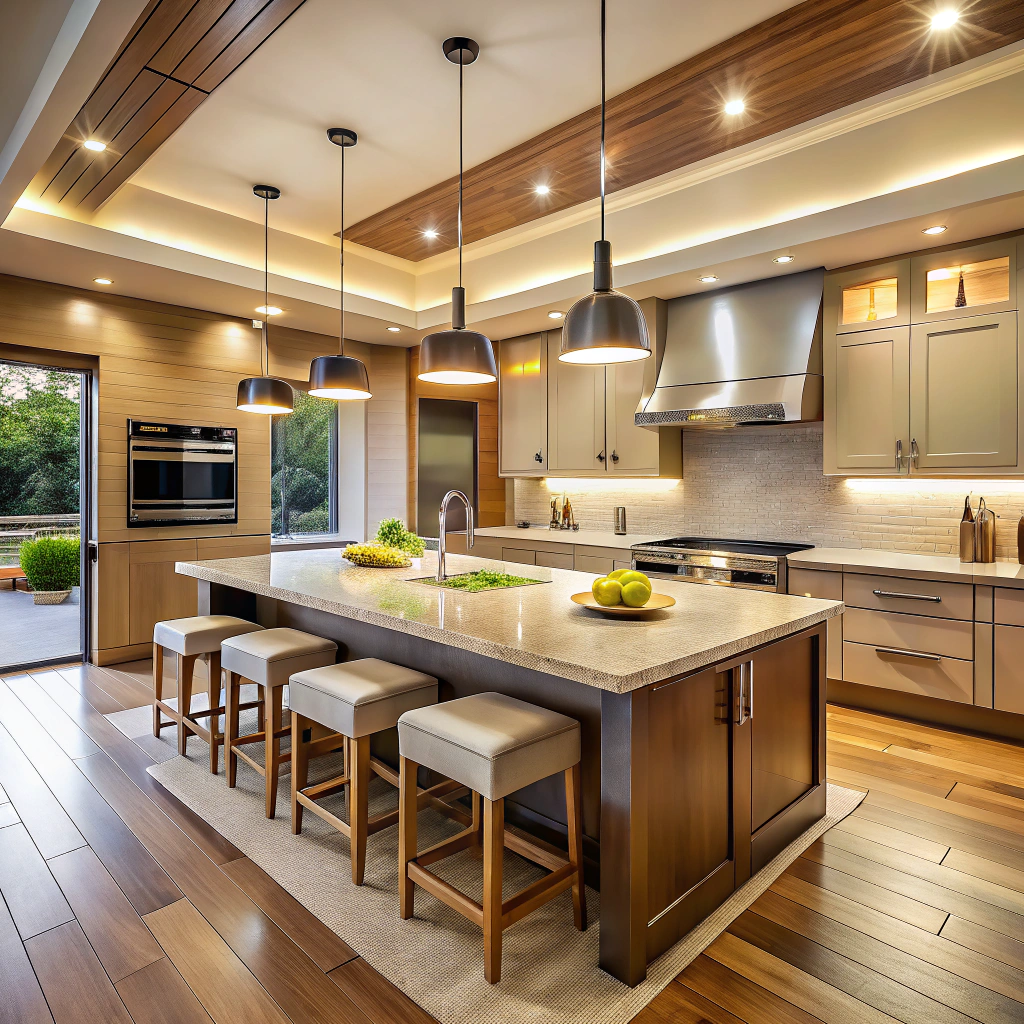Last updated on
Discover the key differences between incandescent and CFL bulbs. Determine the perfect choice for enhancing your kitchen lighting experience.
The kitchen is the heart of every home, where meals are cooked, conversations are had, and memories are made. When it comes to lighting your kitchen, choosing the right bulbs can make all the difference.
Incandescent and CFL bulbs are two popular options for kitchen lighting, but which one is better? In this article, we’ll explore the pros and cons of each type of bulb to help you make an informed decision on which one will work best for your kitchen. So grab a cup of coffee and let’s shed some light on this topic!
Key takeaways:
- Incandescent bulbs are more affordable and readily available.
- CFL bulbs are more energy-efficient and have a longer lifespan.
- CFL bulbs offer a range of color temperatures and accurate color rendering.
- CFL bulbs may cost more upfront and require proper disposal.
- Both bulb types require safety precautions and proper handling.
What's Inside
Introduction to Kitchen Lighting
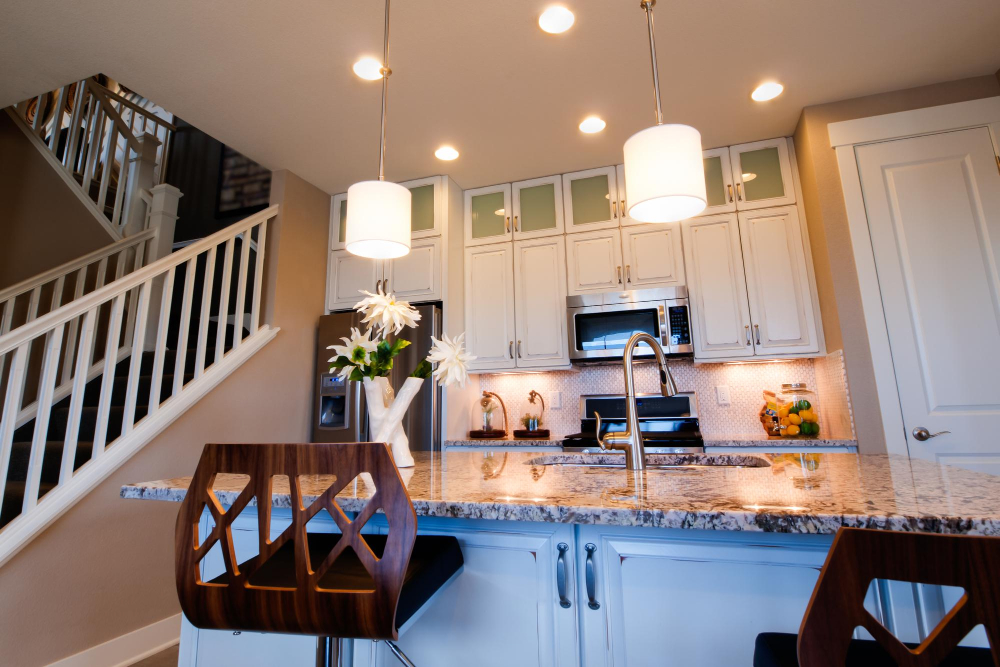
The kitchen is one of the most important rooms in any home, and proper lighting can make all the difference. A well-lit kitchen not only makes it easier to prepare meals but also creates a warm and inviting atmosphere for family and guests.
When it comes to choosing the right lighting for your kitchen, there are several factors to consider such as brightness, color temperature, energy efficiency, cost-effectiveness among others.
In this article we will be focusing on two types of bulbs that are commonly used in kitchens: incandescent bulbs and CFL (Compact Fluorescent Lamp) bulbs. We’ll explore their pros and cons so you can decide which type of bulb is best suited for your needs.
Incandescent Bulbs: Pros and Cons
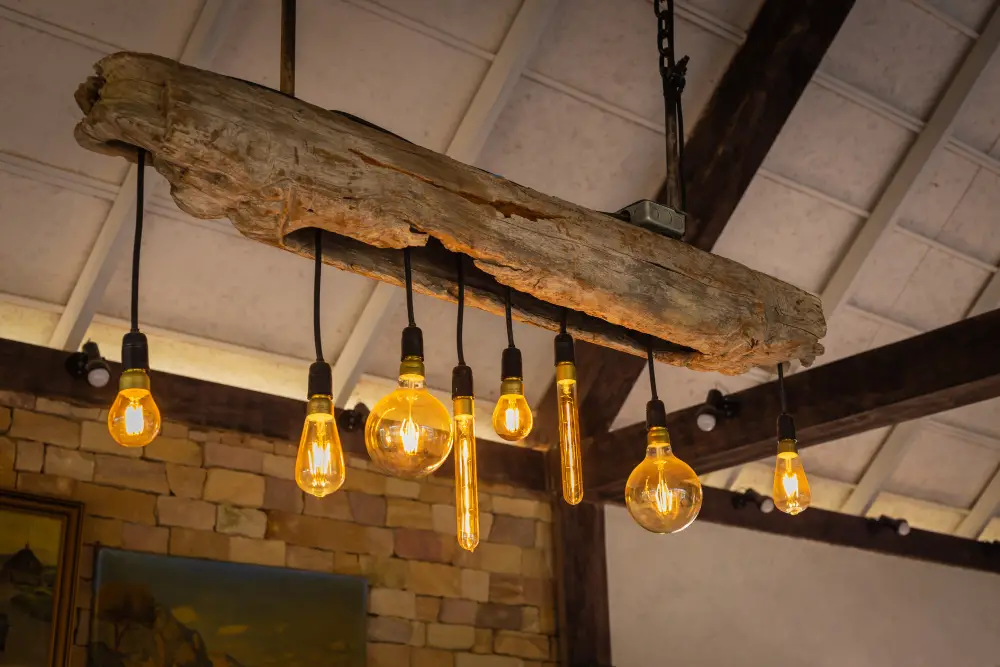
They are known for their warm, inviting glow that creates a cozy atmosphere in any room. However, they do come with some drawbacks.
One of the main advantages of incandescent bulbs is their affordability and availability. They can be found at most hardware stores and supermarkets, making them an easy option to replace when needed.
On the other hand, incandescent bulbs are not very energy-efficient compared to newer technologies like CFLs or LEDs. They consume more electricity and generate more heat than these alternatives which can lead to higher energy bills over time.
Another disadvantage of incandescents is their shorter lifespan compared to other types of lightbulbs on the market today. This means you’ll need to replace them more frequently which could add up in terms of cost over time.
CFL Bulbs: Pros and Cons
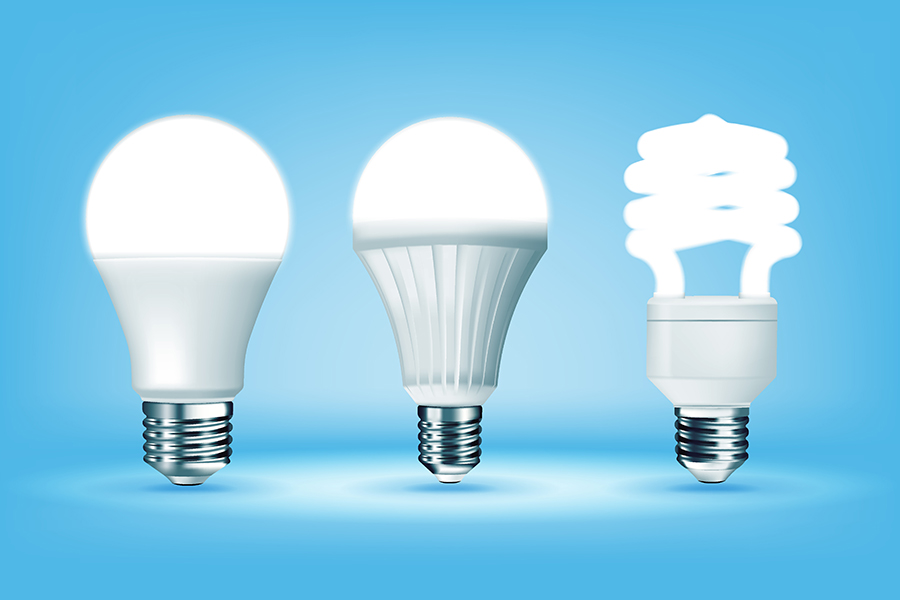
One of the main advantages of CFL bulbs is that they use up to 75% less energy than incandescent bulbs while producing the same amount of light. This means lower electricity bills and reduced environmental impact.
Another benefit is that CFLs last much longer than traditional incandescent bulbs – up to ten times longer in some cases! This means fewer bulb replacements over time, which can save you money in the long run.
However, there are also some drawbacks to using CFLs. For one thing, they tend to be more expensive upfront compared with traditional incandescents.
It’s important not to dispose of them improperly as they contain small amounts of mercury which can be harmful if released into the environment.
Energy Efficiency Comparison
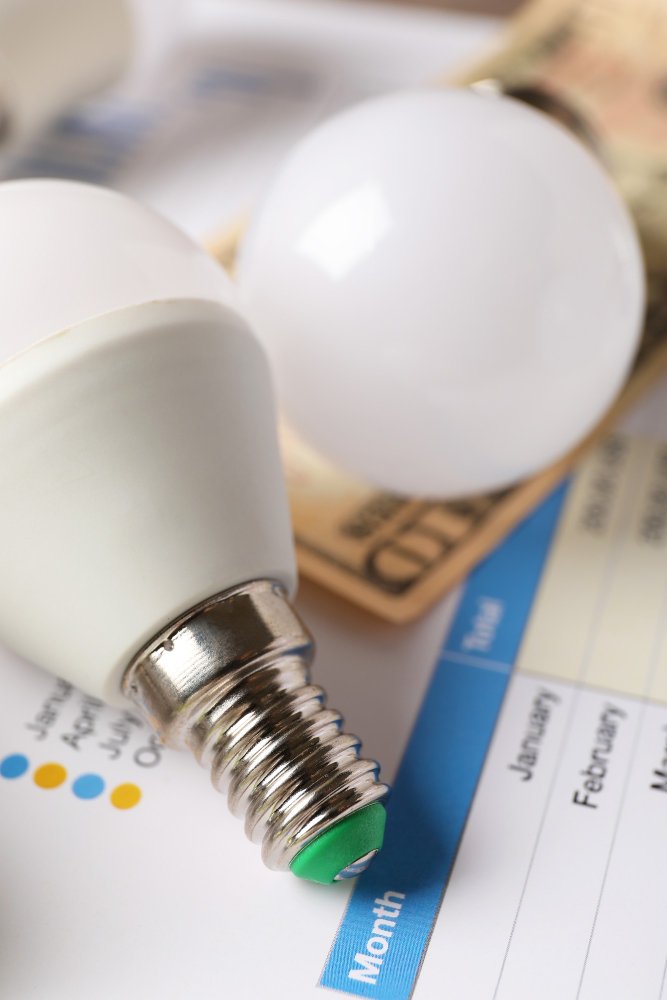
They use up to 75% less energy than incandescent bulbs and last up to ten times longer. This means that not only will you save money on your electricity bill, but you’ll also have to replace your lightbulbs less frequently.
On the other hand, incandescent bulbs waste a lot of energy by producing heat instead of light. In fact, about 90% of their energy is lost as heat! This makes them much less efficient than CFLs and can lead to higher cooling costs in warmer months.
Light Quality & Color Temperature
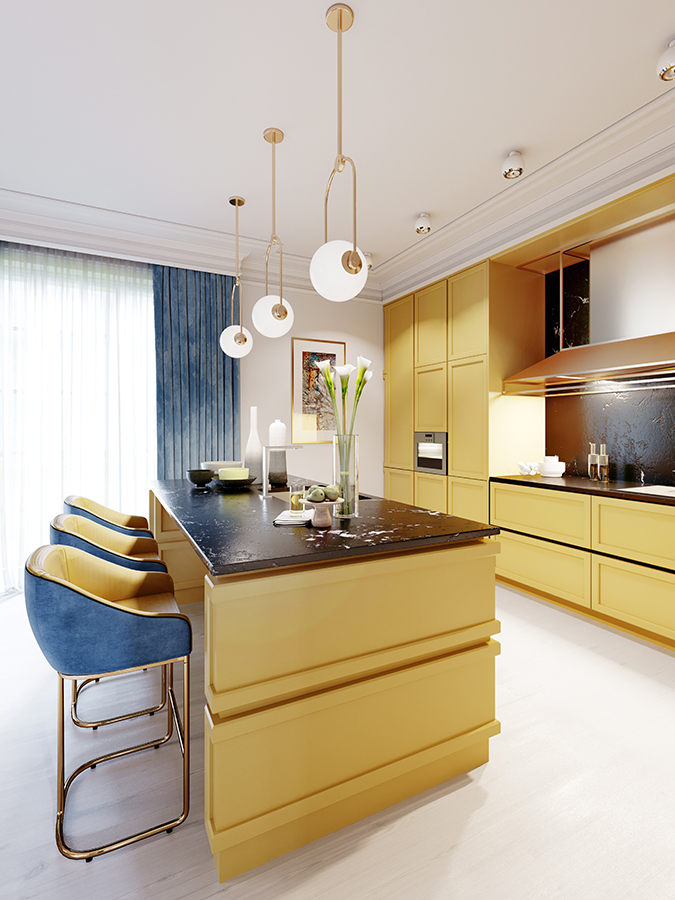
Incandescent bulbs produce a warm, yellowish light that is often preferred in kitchens as it creates a cozy atmosphere. However, this type of bulb can also distort colors making it difficult to distinguish between different shades of food or ingredients.
On the other hand, CFL bulbs offer a range of color temperatures from cool white to warm white which can be adjusted according to personal preference. They also have better color rendering capabilities than incandescent bulbs which means they accurately display colors without any distortion.
When selecting the right bulb for your kitchen lighting needs, consider what activities take place in your space and how you want them illuminated. If you spend most of your time cooking or preparing meals with fresh ingredients then opt for CFLs with high CRI (Color Rendering Index) ratings that will help bring out the natural hues in foods while providing bright illumination throughout the room.
Cost Analysis & Savings

However, they last longer and use less energy, which means you’ll save money in the long run. For example, a 60-watt incandescent bulb costs around $0.50 per month to operate for three hours a day while a comparable CFL bulb costs only about $0.13 per month.
Although the initial investment may be higher with CFLs compared to traditional incandescents or halogens; over time they will pay off due to their longevity and energy efficiency features that can help reduce your electricity bill significantly.
Environmental Impact
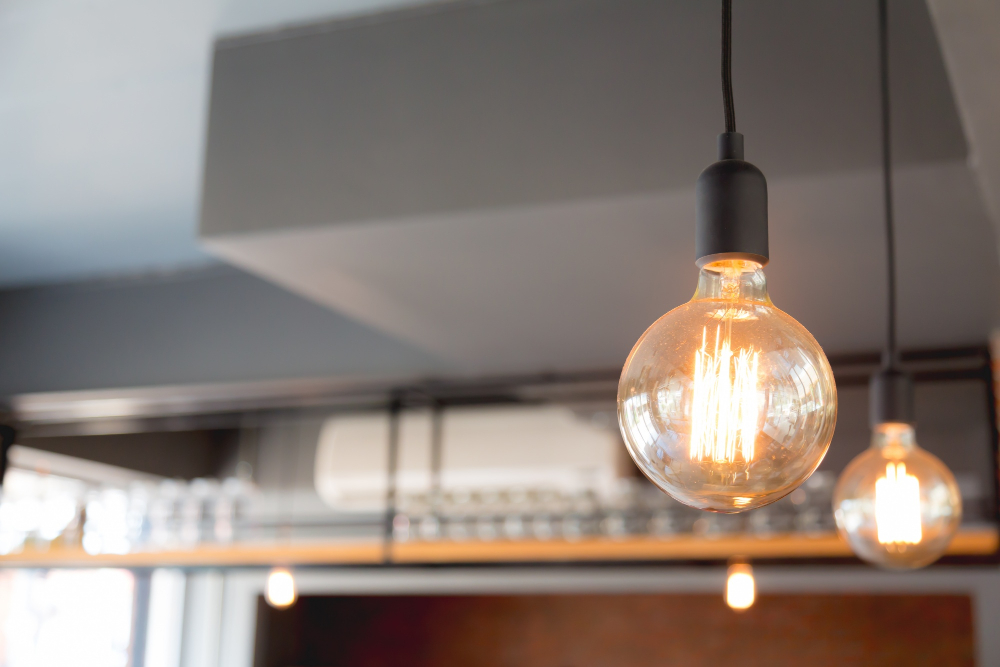
They use 75% less energy than incandescent bulbs and last up to ten times longer, which means fewer resources are needed for manufacturing and disposal. CFLs emit less heat than incandescents, reducing the need for air conditioning in warmer months.
However, it’s important to note that CFLs contain small amounts of mercury vapor that can be harmful if released into the environment. Proper disposal is crucial; many hardware stores offer recycling programs specifically for these types of lightbulbs.
In contrast, incandescent bulbs do not contain any hazardous materials but consume more energy and have a shorter lifespan compared to their counterparts.
Safety Considerations

Both incandescent and CFL bulbs can pose potential hazards if not used correctly. Incandescent bulbs produce heat and can become very hot when left on for extended periods of time, which could lead to burns or even fires if they come into contact with flammable materials such as curtains or paper towels.
On the other hand, CFL bulbs contain small amounts of mercury vapor that could be harmful if released into the air. If a bulb breaks, it’s important to handle it carefully by wearing gloves and using a damp cloth to clean up any broken glass or debris.
To ensure maximum safety in your kitchen lighting setup, make sure you follow these tips:
- Always use light fixtures that are rated for the wattage of your chosen bulb.
- Keep flammable materials away from light fixtures.
- Use caution when handling both incandescent and CFL bulbs – never touch them with bare hands while they’re still hot.
- Dispose of burnt-out or broken CFLs properly by taking them to designated recycling centers instead of throwing them in regular trash bins.
By keeping these safety considerations in mind while choosing between incandescent vs. CFL bulbs for kitchen lighting purposes will help you create an environment that is both beautiful and safe at all times!

